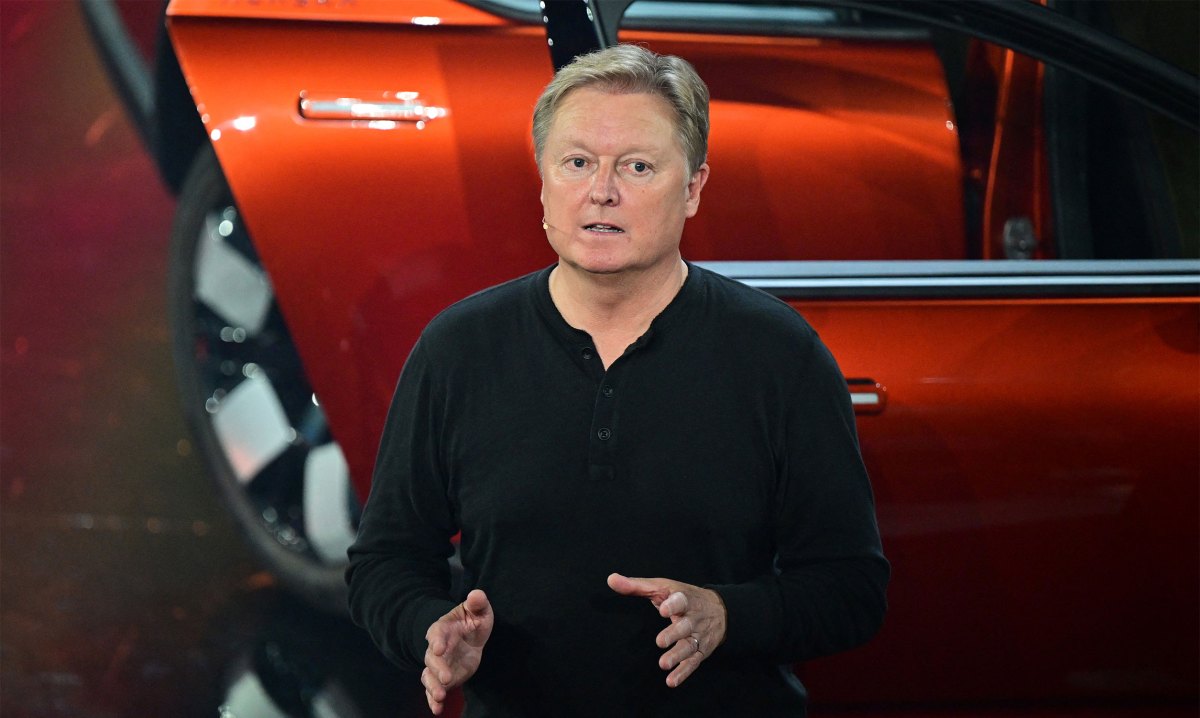Summary:
Private jet startups are grappling with heavy fixed costs that require full cabins to be sustainable
The luxury air travel market's volatility makes consistent high occupancy rates hard to achieve
Innovative models like fractional ownership and membership programs are being tested to stabilize demand
Private jet startups are facing significant challenges as the demand for luxury air travel fluctuates. The core issue lies in their heavy fixed costs, which only become sustainable when cabins are fully occupied. This model is proving difficult to maintain, especially in uncertain economic times.
The High Cost of Luxury Air Travel
Operating a private jet service isn't just about owning the aircraft; it's about maintaining them, staffing them, and ensuring they're in the air as much as possible. Fixed costs such as hangar fees, maintenance, and crew salaries don't decrease even when planes aren't flying at full capacity.
The Occupancy Dilemma
For these businesses to be profitable, high occupancy rates are essential. However, achieving this consistently is a tall order. The luxury market is volatile, and consumer demand can shift rapidly based on economic conditions, making it hard for startups to predict and plan for the future.
Looking Ahead
Despite these challenges, some startups are exploring innovative solutions, such as fractional ownership and membership models, to make private jet travel more accessible and predictable. Yet, the question remains: can these adaptations offset the inherent risks of the industry?









Comments